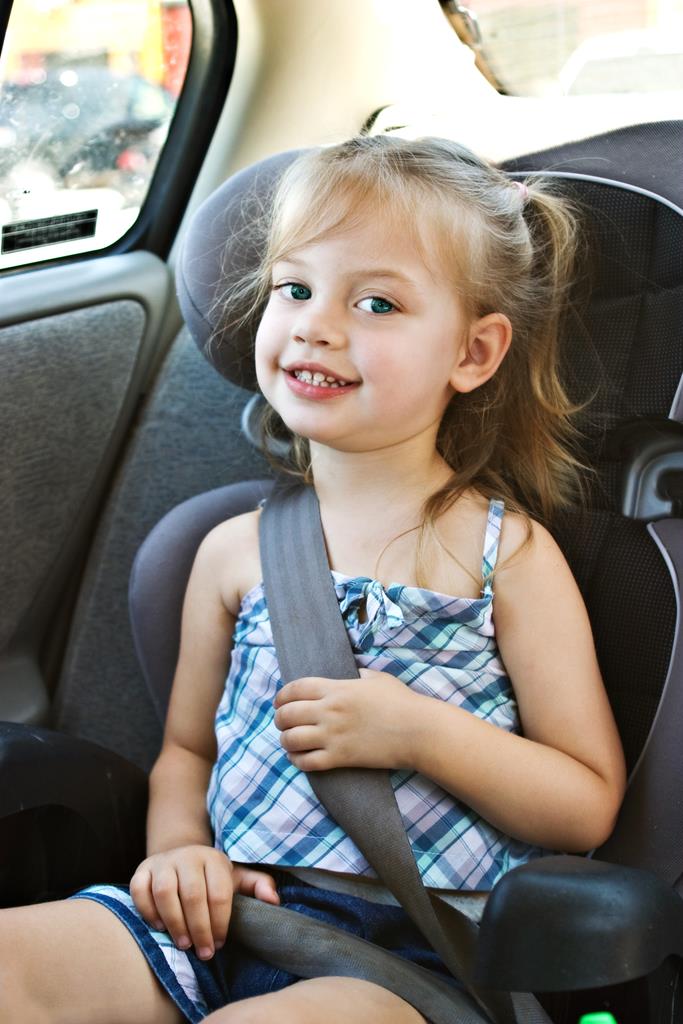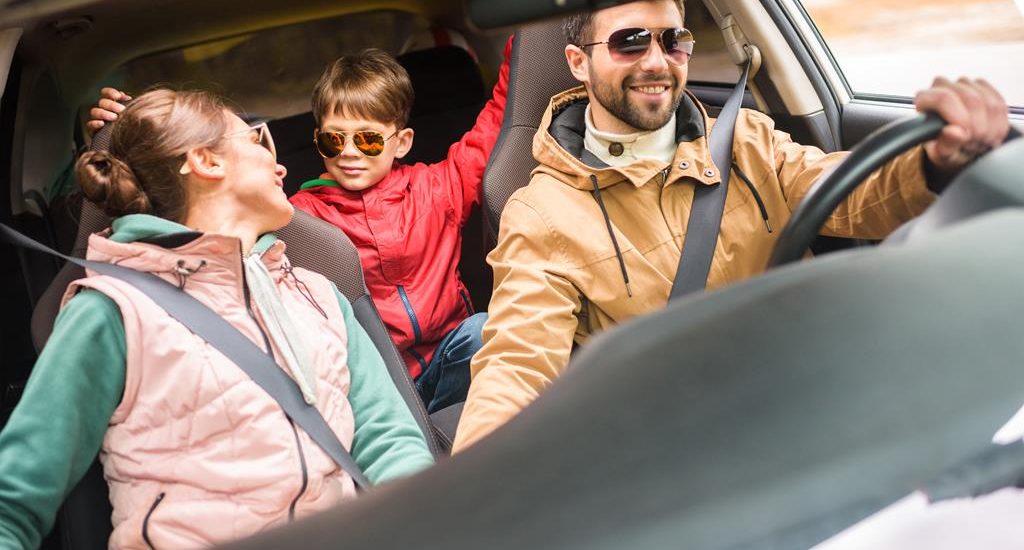Essential Car Safety Rules for Preschooler Transportation
Car accident statistics reveal alarming facts about child safety – nearly 15% of preschooler fatalities occur in vehicle accidents. Protecting your young passengers requires strict adherence to safety protocols and proper equipment usage.
Mandatory Safety Requirements
- Always use approved child restraint systems (car seats) for children
- Position children exclusively in the back seat when possible
- Select car seats appropriate for your child’s height and weight
- Never leave children under 7 years old unattended in parked vehicles
Legal Note: According to Russian legislation (July 12, 2017), children up to 12 years old may only ride in the front seat with specialized child-restraint systems. Back seat requirements mandate car seats until age 7, while children aged 7-12 may use either car seats or standard safety belts with adult supervision.
Understanding Preschooler Attention Spans and Travel Needs
Preschoolers (ages 3-7) possess significantly higher energy levels than adults and require constant mental stimulation during travel. Understanding their developmental limitations helps create successful road trip strategies.
Age-Specific Attention Span Guidelines
- 3-year-olds: 10-15 minutes maximum focus time
- 6-year-olds: 20-25 minutes maximum focus time
- All ages: Require dynamic pauses for physical activity and emotional release
Strategic trip planning around natural sleep patterns maximizes comfort. Morning hours typically feature peak activity levels, while afternoon periods often include 2-3 hour nap windows. Frequent stops benefit both children and drivers through exercise opportunities.
In-Car Entertainment Activities for Preschoolers
Digital Entertainment Options
- Audio stories and educational podcasts
- Age-appropriate cartoons on tablets or laptops
- Digital drawing applications
- Brain-training games suitable for preschool level
Hands-On Creative Activities
- Clay modeling and figure creation
- Balloon inflation games (with supervision)
- Reusable water-activated coloring books
- Magnetic building sets and puzzles
Car-Friendly Snacking Guidelines
- Pack non-perishable foods only
- Provide drinks with straws to prevent spills
- Use plastic trays as portable tables
- Bring unbreakable, disposable utensils and dishes
- Stock plenty of napkins for easy cleanup

Interactive Road Trip Games and Entertainment
Specialized Travel-Friendly Toys
Water-Activated Coloring Books: These innovative books eliminate mess while providing engaging entertainment. Simply fill the brush with water, touch the paper, and watch hidden details and characters appear. Many include search-and-find elements that challenge children to locate specific quantities of objects.
Magnetic Building Sets: Perfect for car travel since they don’t require flat surfaces. These lightweight, contained games offer template-based or imaginative play options. Available in various themes including vehicles, architecture, and character portraits for both boys and girls.
Observation and Window Games
- Color Counting: Count red cars, blue signs, or yellow buildings
- Animal Spotting: Look for farm animals, pets, or wildlife along the route
- Cloud Interpretation: Describe what shapes clouds resemble
- Storytelling: Create collaborative stories about scenery you pass
Educational Word and Memory Games
- “Snake” Word Game: One player says a word, the next must begin with the last letter
- Letter Challenges: Name as many words as possible starting with specific letters
- “What Goes in the Pot”: Children name only items that fit inside cooking pots
- Word Association: Connect related words in chains
- “Name That Tune”: Identify songs from hummed melodies
- “Choose the Odd Word”: Find items that don’t belong in groups
- Animal Families: Match adult animals with their babies (cow/calf, dog/puppy)
Learning Opportunities During Travel
- Practice reading with road signs and billboards
- Solve age-appropriate riddles and brain teasers
- Recite tongue twisters for pronunciation practice
- Create verses and sing songs together
Essential Car Organization and Setup Tips
- Install seat-back organizers for easy toy and supply access
- Provide car tables for puzzles, toy cars, and creative activities
- Pack familiar comfort toys alongside new surprise items
- Prepare special “travel reveal” toys for longer journeys

Maximizing Family Connection During Travel
Road trips provide invaluable opportunities for uninterrupted family bonding. Unlike busy weekday schedules that limit quality time, car journeys create natural spaces for meaningful conversations, shared experiences, and memory creation.
Tips for Successful Preschooler Travel
- Thorough Preparation: Plan activities, snacks, and stops in advance
- Patience and Flexibility: Expect delays and schedule extra time
- Active Engagement: Participate in games and conversations
- Safety Priority: Never compromise on car seat and safety requirements
Successful family travel with preschoolers requires careful preparation, unlimited patience, and genuine care for your children’s needs. With proper planning and creative entertainment strategies, your young passengers will remain engaged and happy throughout the journey. Remember to bring your International Driving Permit for international travel!

Published November 13, 2017 • 4m to read





